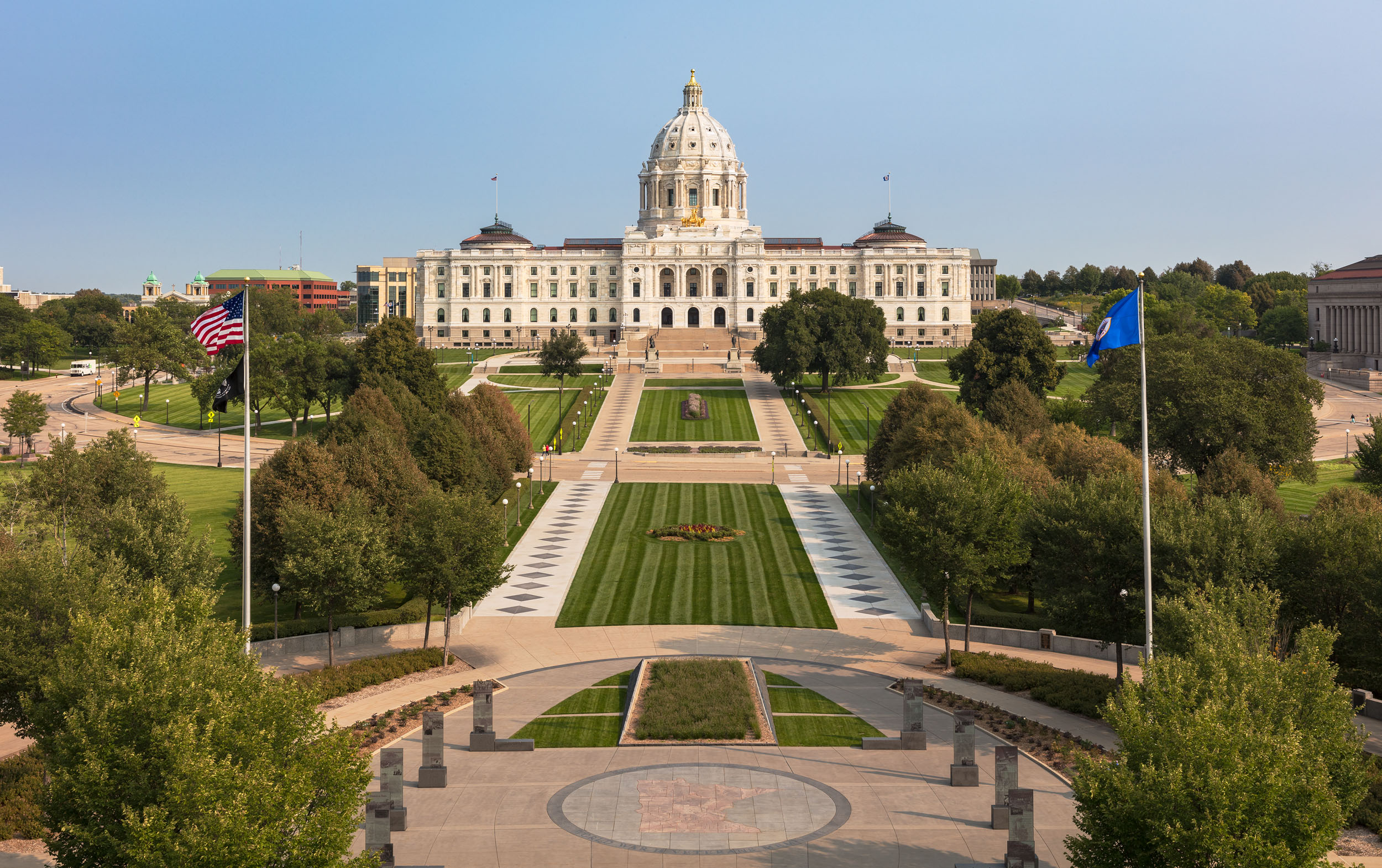-
2022 Minnesota Legislative Session Preview
-
2022 Minnesota Legislative Session Preview
Primacy Strategy GroupFriday, December 10, 2021
In the state of Minnesota, the second year of the biennium is traditionally focused on capital improvement projects and updating public policy statutes. Legislators pass bills that fund critically needed capital improvement projects around the state as well as change, add or update policy statutes currently in law.
Key policy issues that could come up for consideration during the upcoming session may relate to rural health care access, broadband connectivity policies, border state public safety collaboration for assistance during major incidents, COVID-19 restrictions, and vaccination mandates, as well as permitting reform.
Typical capital improvement projects would include construction of roads and bridges, repairs to the state’s colleges and universities buildings, construction or repairs to wastewater treatment centers and flood mitigation to name just a few.
In February of 2020, Governor Walz unveiled a list of bonding bill projects totaling $518 million, the bill did not pass the legislature. In July of 2021 numerous media outlets reported on a $5.5 billion ‘wish list’ of needed capital improvements from state agencies and local units of government. There has also been media analysis reported that Minnesota needs more than $70 billion in capital improvements over the next 20 years to address the most anticipated infrastructure needs.
During the months between the legislative sessions, legislators from the House and Senate Capital Improvement Committees will travel the state to meet with local officials to learn about potential bonding projects for consideration of funding during the upcoming session.
The Governor, House and Senate will individually compile lists with the projects they believe should receive funding from the state. Governor Walz can propose a list of projects, but will need a member of the legislature, typically a member of his political party, to author a bill with the projects included to be considered by the legislature.
Both the House and Senate will compile separate bills with their project priorities included. Both bodies require at least a three-fifths majority vote to pass the bills. At the end of the legislative session all bills up for consideration will need to be reconciled and agreed upon by both the House and Senate and signed into law by Governor Walz.
In addition to the capital improvements that will be considered during the upcoming session, Governor Walz and the legislature will have the option to consider a supplemental budget to spend additional tax revenues that the state collected over and beyond budget projections.
The Office of Minnesota Management and Budget (MMB) recently released the state’s November budget forecast, which projects the state budget to have a $7.7 billion surplus for the biennium, which began on July 1, 2021, and runs through June 30, 2023. Contributing factors for the increased revenue were, strong growth in personal income, consumer spending and corporate profits which drove extraordinary revenue growth in FY 2021.
Another budget forecast will be issued in February. Governor Walz and legislators will use those figures to craft a supplemental budget proposal to build upon the $52 billion budget that was signed into law in June.
The supplemental budget does not have a constitutional requirement for passage during the upcoming session. The budget for the entire 2021-2023 biennium was passed at the conclusion of the 2021 special session. Funds not allocated during the 2022 session will remain in budget surplus and would be available for allocation during the 2023 budget session.
The 2022 Legislative Session will begin on Monday, January 31.Tell a Friend
-
A catalyst for growth and prosperity.

